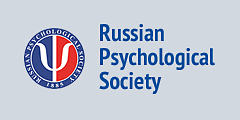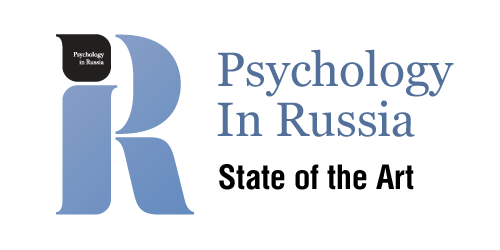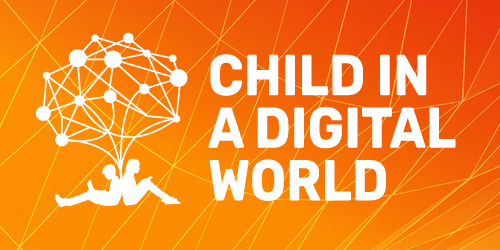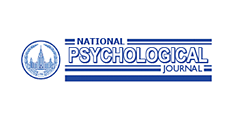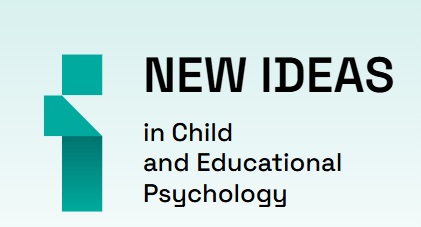Gorbunova, E.S.

Head of the Laboratory for Cognitive Psychology of Digital Interface User, National Research University Higher School of Economics.
-
Comp aring AI-Generated Stimuli and Photos: Visual Search StudyLomonosov Psychology Journal, 2025, 2. p. 109-131read more774
-
Background. AI algorithms have rapidly entered everyday life in the last few years, which caused the appearance of a large number of both texts and images generated by neural networks. Nevertheless, the perception of artificially generated images has not yet been studied. The relevance of the study is to observe the possibility of using artificially generated images to plan experiments in psychology of perception.
Objective. The study investigated the differences in visual search for various stimuli types: photographs and AI-generated images.
Study Participants. Thirty participants (21 females) between 18 and 43 years old (M = 21.29, SD = 5.18) took part in the study.
Methods. The study had an experimental design with two factors and two dependent variables. The subjects' task was to find the target stimulus among distractors; the stimulus material included images of objects generated using a neural network and photographs. The number of objects on the screen also varied. The accuracy of the subjects' responses and reaction time were measured.
Results. No differences in detection accuracy were found between photorealistic and AI-generated stimuli, nor were there any differences in reaction times.
Conclusions. It was shown that the type of stimulus (AI-generated or photorealistic) does not affect the speed and accuracy of finding them. The perspectives of this study are related to the possibilities of using artificially generated stimuli for planning experiments in cognitive psychology.
Keywords: visual search; Artificial Intelligence; stimulus material; visual attention; visual perception DOI: 10.11621/LPJ-25-14
-



